11,700 years ago, the temperature went up 4 degrees in a few hundred years. But this time, things are different
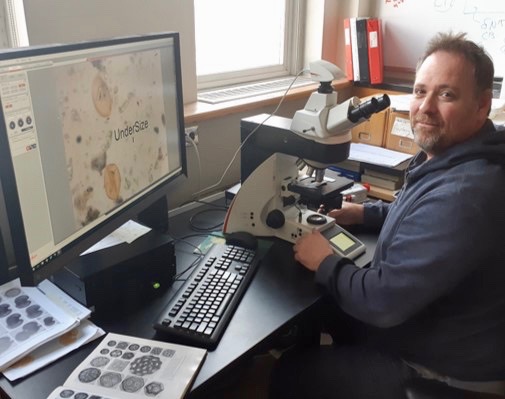
(By Margot Grant)
We hear a lot about the threat of climate change, but when the climate warmed rapidly in the not-so-distant past, ecosystems adapted and humans survived. According to archaeological research, they may even haven thrived. Should we be worried this time?
We consulted Kendrick Brown, research scientist at Natural Resources Canada. He works in a discipline called paleoecology, the study of ecosystem change through time, and part of his speciality is the period between 11,700 and 7,000 years ago when the climate was warmer and drier in B.C. — one to two degrees higher in the coastal areas and two to four degrees higher in the interior. The warming at the beginning of the period occurred within a few hundred years.
Brown and his colleagues collect sediment cores from lakes, marshes and swamps, where sediment builds up over time. Year after year, pollen sinks to the bottom, rivers contribute all sorts of material to lakes, slope failures leave sediment deposits on the lake bottom, forest fires deliver charcoal and organic molecules. “It’s incredibly valuable material,” he says.
In the lab, he and his colleagues look for physical, chemical and biological indicators of change in the ecosystem and the climate. For example, the number of insect remains can be used to construct data about insect outbreaks, while shells, bivalve and mollusk fragments provide additional information about ecosystems and climate change over the past 15,000 years.
Fifteen thousand years ago, the Canadian landscape was covered in ice sheets 1.5 to 2 kilometers thick, and it was 6 to 8 degrees colder than today. The ice started to melt when higher amounts of solar energy began to reach the earth’s surface.
The solar energy effect was caused by changes in the earth’s orbit and axis, Brown says: the orbit can change from relatively elliptical to more circular on a 100,000-year cycle, and the tilt of the earth’s axis is not always 23.5 degrees, but ranges from about 24 to 21 degrees on a cycle of 40,000 years. And every 20,000 years, the axis wobbles.
“So our pathway around the sun, as well as changes in the axis of the earth, results in different amounts of solar energy reaching the earth’s surface. This has caused a number of ice ages in the last 800,000 – 1,000,000 years; the last four occurred in the last half-million years. We see very marked changes in the earth’s temperature from ice age to non-ice age.”
The last ice age in western Canada ended about 15,000 years ago and the planet entered what is known as the Holocene interglacial period — a period of relative warmth — that persists to the present day.
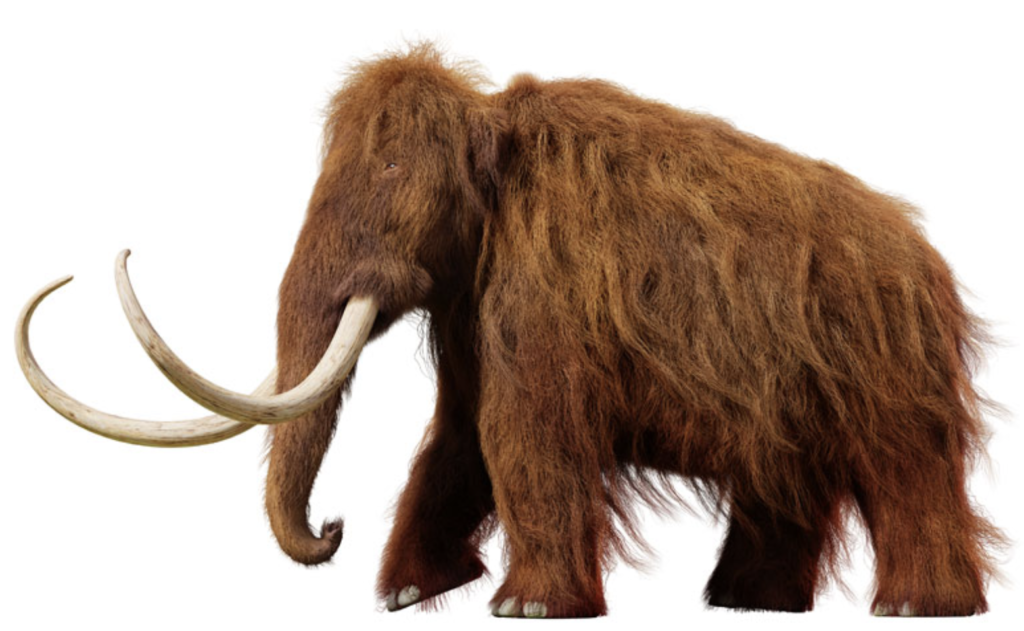
“Woolly mammoths, mastodons, sabre-toothed cats and giant cave bears slowly went extinct 15,000 to 10,000 years ago,” Brown says. “The causes are not clear, but certainly humans would have been hunting them in order to survive.
Between 11,700 and 7,000 years ago as it became warmer, coastal areas developed widespread Douglas fir forests and the interior had more grassland. Lakes in the interior were smaller and the water level was lower, with more shallow lakes drying out completely.
“In our research, we were not able to identify extinctions, but we did see plants and animals changing their ranges, moving upslope if they required cooler temperatures or moving further north when the warm period started. When the climate started to cool, they would have moved back downslope or to the south.”
Over the past 7,000 years, the climate has been gradually getting cooler and more moist, and about 4,000 years ago, glaciers started to slowly re-extend. But in the past hundred years, the temperature has suddenly, rapidly gone up, due to human activity. Looking at the past, should we worry?
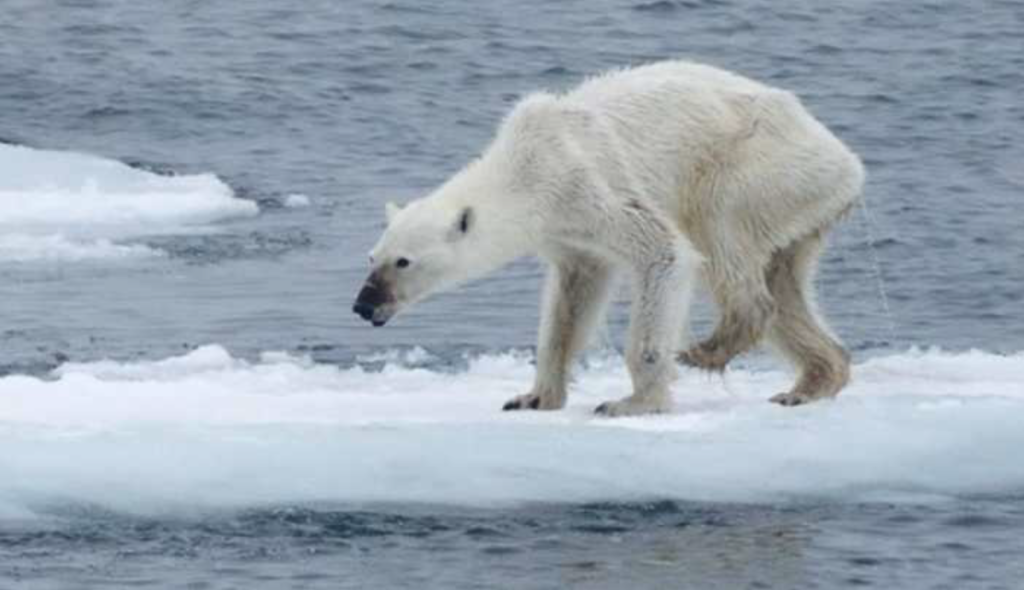
We certainly should, Brown says. “We need to understand that, yes, there is a natural cycle of temperature increases and decreases between ice ages, but the current events are non-cyclical and there could be important consequences.”
What is the difference with earlier conditions? Between 11,700 and 7,000 years ago, there were fewer people, and landscapes were more intact. Current landscapes are highly fragmented and there are new invasive animal and plant species. Ubiquitous pollution hampers nature’s capacity to regenerate and adapt to changes.
Our whole civilization is built upon current climatic conditions, Brown says. “We are reliant on environmental stability: we need to be certain things function as they should. We are reliant on an unchanging landscape for our prosperity. And of course there are spiritual reasons we should care, there are moral as well as ethical reasons.
“As we pressure our landscape and our climate system, this time there is a increased risk of species extinction, of natural disasters, of wildfires like we experienced in British Columbia in the last two years.
“We saw 1.2 and 1.3 million hectares of forest fires, and most models predict more fire in the future. They affect not only people, property, infrastructure and economies, but the post-fire environment can also affect our water supplies because of erosion and ash containing all kinds of elements ending up in water bodies.
“So it’s going to reach us all, in our forests, our lakes, our oceans, our rivers.”
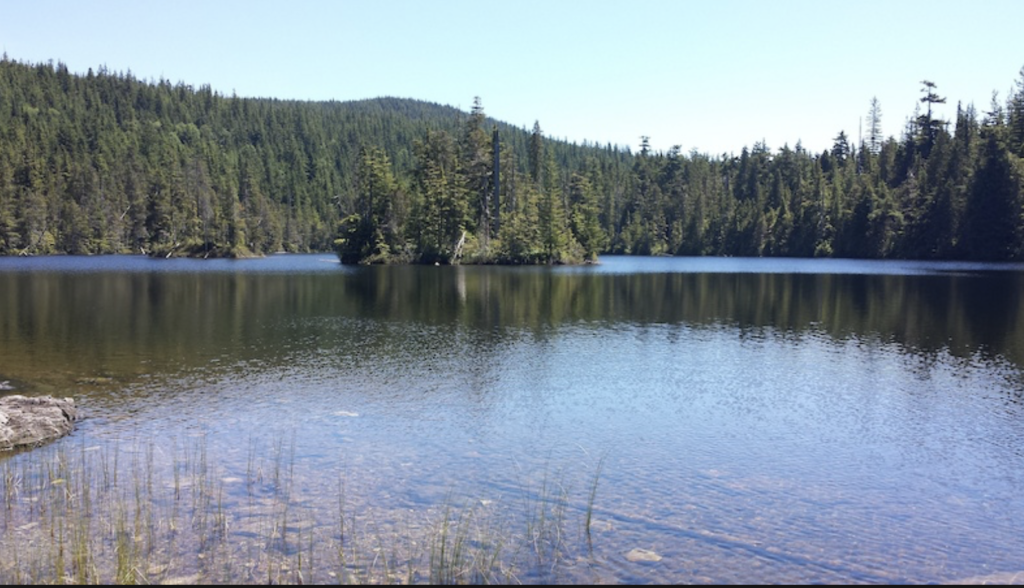
Over the past half-million years, atmospheric carbon dioxide (CO2) has ranged from about 280 parts per million (ppm) during interglacial periods to about 180 ppm during glacial periods. The current concentration is 411 ppm — an increase of more than 100 ppm in about a hundred years.
“This is so completely atypical that it’s important for people to take notice and be concerned,” Brown says. “It is going to have far-reaching consequences. We are really, truly, in uncharted territory. You have to go back 3.5 million years to find concentrations of 400 ppm of atmospheric CO2.”
What can be done? “There is a lot of fantastic research going on, not only in Canada, but globally. The public should aim to become well-informed on the issues. Collectively, we can look to diversify our energy sources. Individually, make sure your house is insulated, ride your bicycle whenever possible. But we’re going to need a multi-pronged approach at international, federal, provincial, municipal and individual levels.”
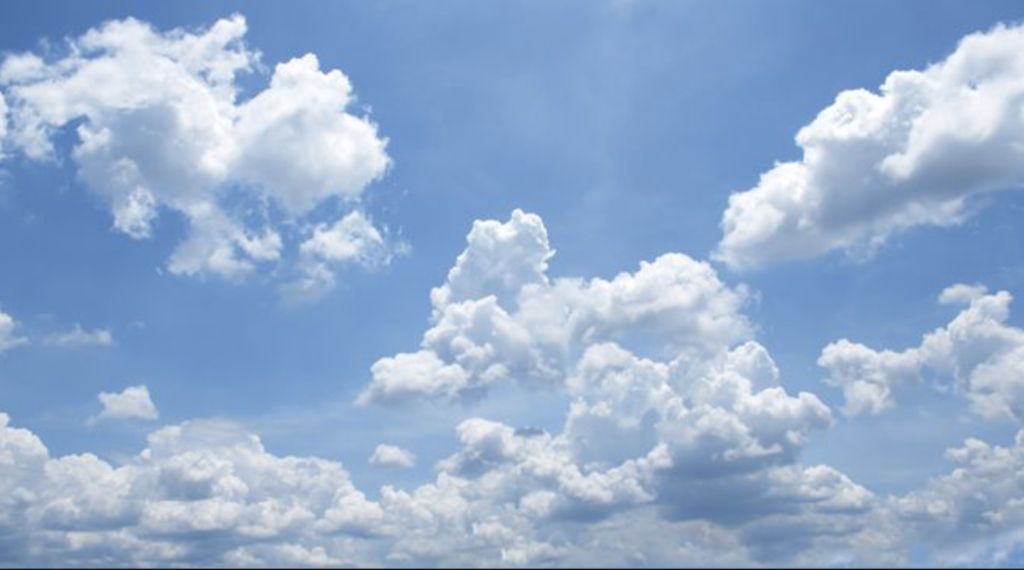
Hi there! Such a good article, thanks!